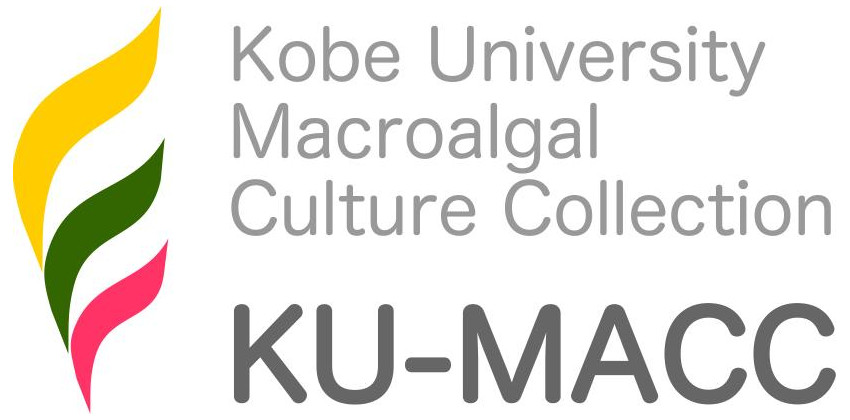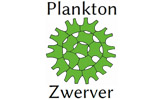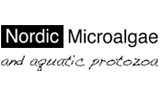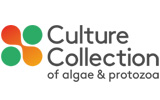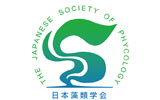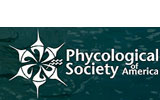Trentepohlia piceana Meyer 1938
Publication Details
Trentepohlia piceana Meyer 1938: 64, figs 1–15
Published in: Meyer, K.I. (1939). [Contribution a l'étude du genre Trentepohlia Mart. 4. Trentepohlia piceana sp. nov. Bulletin de la Société impériale des naturalistes de Moscou. Section Biologique 47(1): 63–68. [in Russian, French résumé]
Type Species
The type species (holotype) of the genus Trentepohlia is Trentepohlia aurea (Linnaeus) C.Martius.
Status of Name
This name is currently regarded as a synonym of Trentepohlia umbrina (Kützing) Bornet.
Source of Synonymy
Škaloud, P., Rindi, F., Boedeker, C. & Leliaert, F. (2018). Süßwasserflora von Mitteleuropa. Freshwater flora of central Europe: Chlorophyta V: Ulvophyceae. Vol. 13 pp. [i]-vii, [1]-288, 182 figures. Berlin: Springer Spektrum.
Type Information
Syntype localities: "... à été découverte aux environs de Moscou, dans la region du lac Seliger et dans celle des lacs Poustynski (region Gorki)" [Russia]; (Meyer K.I.: 68)
Description
Trentepohlia piceana sp. n. forms a yellow or golden-yellow coating in the form of powder on the bark of pines and firs and sometimes even birches. This coating consists of short filaments or irregular groups of filaments, sometimes of isolated cells (fig. 1-2). The filaments consist of almost spherical swollen cells, their branching is sometimes irregular. The groups of cells have a different number; often this number is considerable; for the most part, these cells adhering closely to each other are distinguished by their different dimensions. The diameter of the cells is 10-15 µm,; Among these cells, there are also larger, more plentiful ones - these are the gametangia (Fig. 2). The filaments and groups of cells are arranged on the filaments creeping immediately on the bark (the "lower" filaments) (Fig. 7-8). They consist of more elongated or slightly swollen cells and are distinguished by a less rich content. These filaments branching irregularly, adhere tightly to the substrate and even penetrate inside it (Fig. 3-5). The "upper" filaments and groups of cells are the akinetospores of Frentepohlia piceana proper. They are surrounded by a very thick membrane, but never reaching the thickness and the complicated structure of Trentepohlia umbrina. In dry weather the entire cell is filled with drops of yellowish-brown oil. In the vegetative state (in a humid atmosphere) the oil collects in the center of the cell or near its wall. In the spaces not occupied by the oil chromatophores are seen (fig. 11). They have the appearance of short bands, sometimes branched, in the form of chains; These bands can be separated into isolated disks. Each cell has one nucleus (Fig. 12). In Trentepohlia piceana zoosporangia are not formed; and gametangia develop in huge quantity. Sometimes they are distinguished from vegetative cells by their dimensions and spherical shape (Fig. 1-2). In other cases there is no difference between them. Gametes are formed in large numbers. They represent naked corpuscles of ellipsoidal shape, filled with tiny drops of oil (Fig. 13); from their anterior end depart two cilia exceeding 1.5-2 times the length of the gamete. They have no stigma. Having finished the first race, which lasts for some time (15-20 minutes), the gametes stop and are destroyed. The copulation of the gametes was not observed. Nor was it possible to make them germinate; in the conditions where the gametes of other species of Trentepohlia germinate very well, the gametes of Trentepohlia piceana do not germinate. This is probably due to the fact that the gametes of Trentepohlia piceana have not lost their sexual character, presenting at the same time a heterothallic form. The exit of the gametangium represents a simple round opening devoid of a small neck as in Trentepohlia umbrina. Trentepohlia piceana was discovered near Moscow, in the region of Lake Seliger and in that of Poustynsky lakes (Gorky region).
Created: 14 March 2013 by M.D. Guiry.
Last updated: 15 May 2025
Verification of Data
Users are responsible for verifying the accuracy of information before use, as noted on the website Content page.
Habitat note
Epiphyte on bark of spruce and birch, rare, Kindo peninsula. - (01 September 2016) - M.D. Guiry
Linking to this page: https://www.algaebase.org/search/species/detail/?species_id=145336
Citing AlgaeBase
Cite this record as:
Luka Sato in Guiry, M.D. & Guiry, G.M. 15 May 2025. AlgaeBase. World-wide electronic publication, National University of Ireland, Galway. https://www.algaebase.org; searched on 04 June 2025
 Request PDF
Request PDF